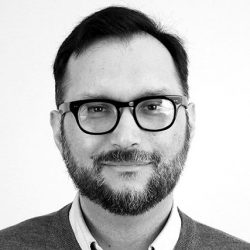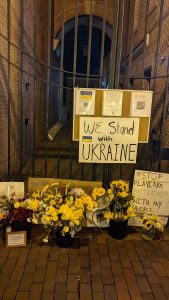I will be co-officiating the Christmas morning service at Universalist National Memorial Church this year. It will be a smaller and simpler than usual Sunday service. For example, a responsive reading replaces an anthem, the announcements are up front and there’s no offering. A litany adds more voices. The sermon, as yet unwritten, will be brief. We’ll meet in the side chapel, rather than the main nave.
I’m publishing this now as a convenience to church members who might be interested but are unable to attend, and for those worship leaders and ministers who are still scrambling, knowing that the Christmas Eve service(s) will be what attracts the larger congregation.
The lessons are Proper 2 for Christmas Day from the Revised Common Lectionary. The hymns are from the 1937 Hymns of the Spirit, but are traditional and ecumenical favorites. Much of the service itself comes from the proper Christmas service from the liturgical section of the same hymnal, updated for language. The declaration of faith is proper to the church.
If you are in the Dupont Circle neighborhood of Washington, D.C. at 11 a.m. Christmas morning, please consider worshiping with us.
Continue reading “Christmas Service at Universalist National Memorial Church”










